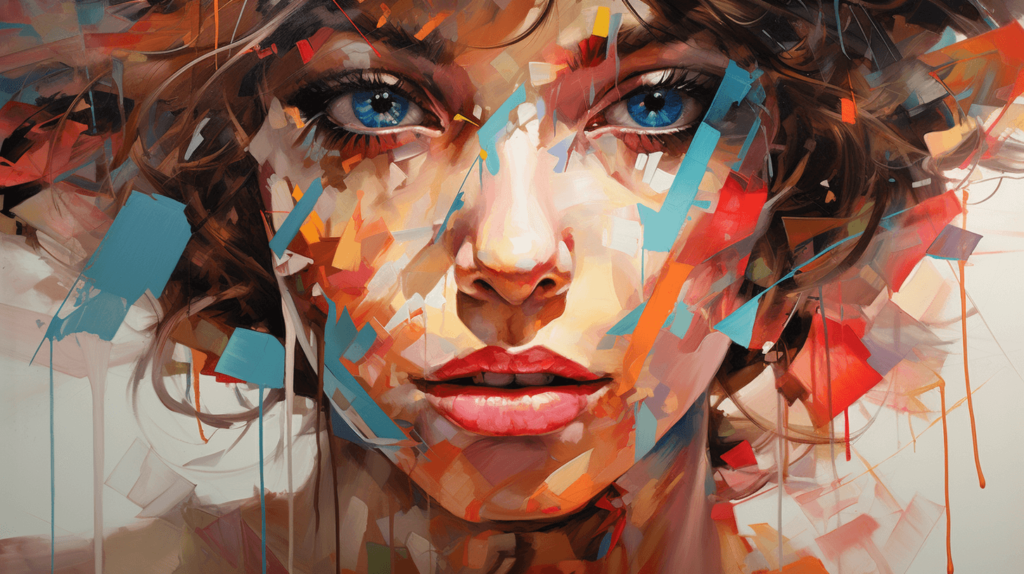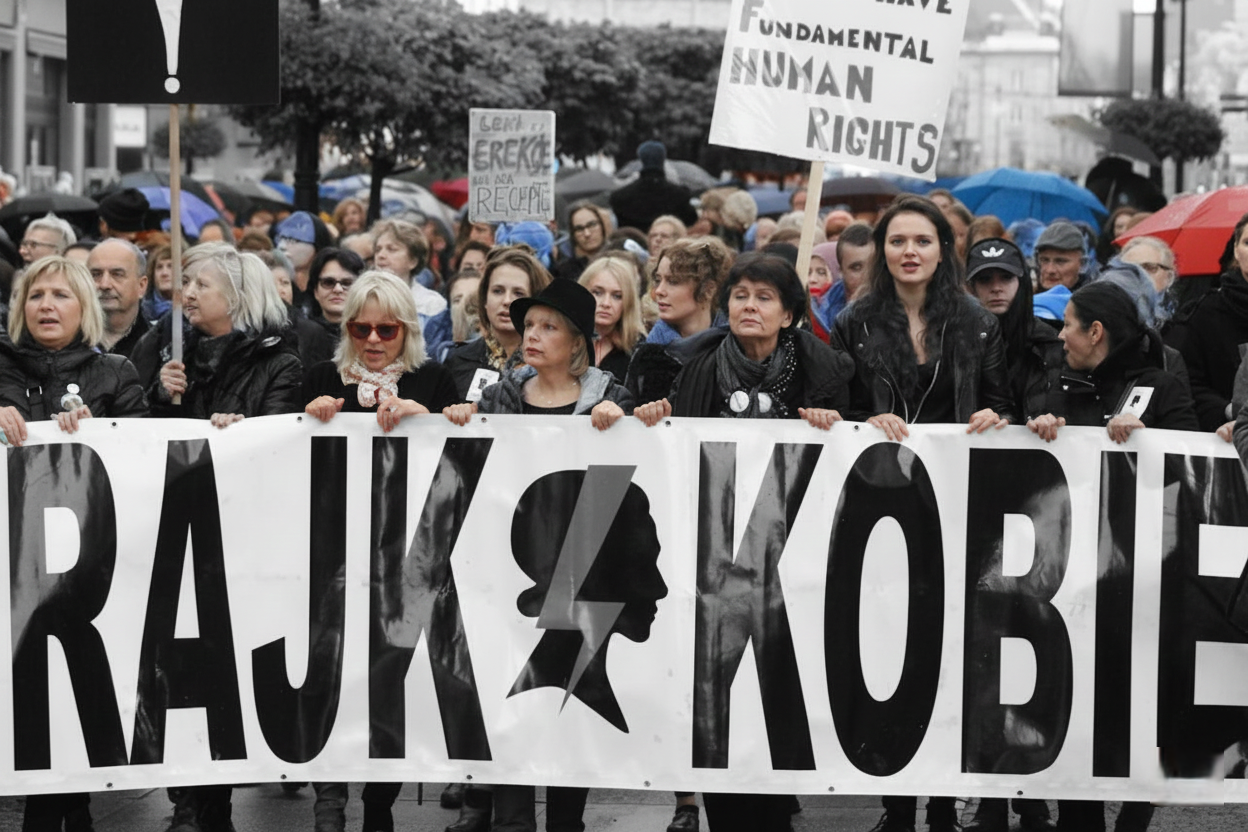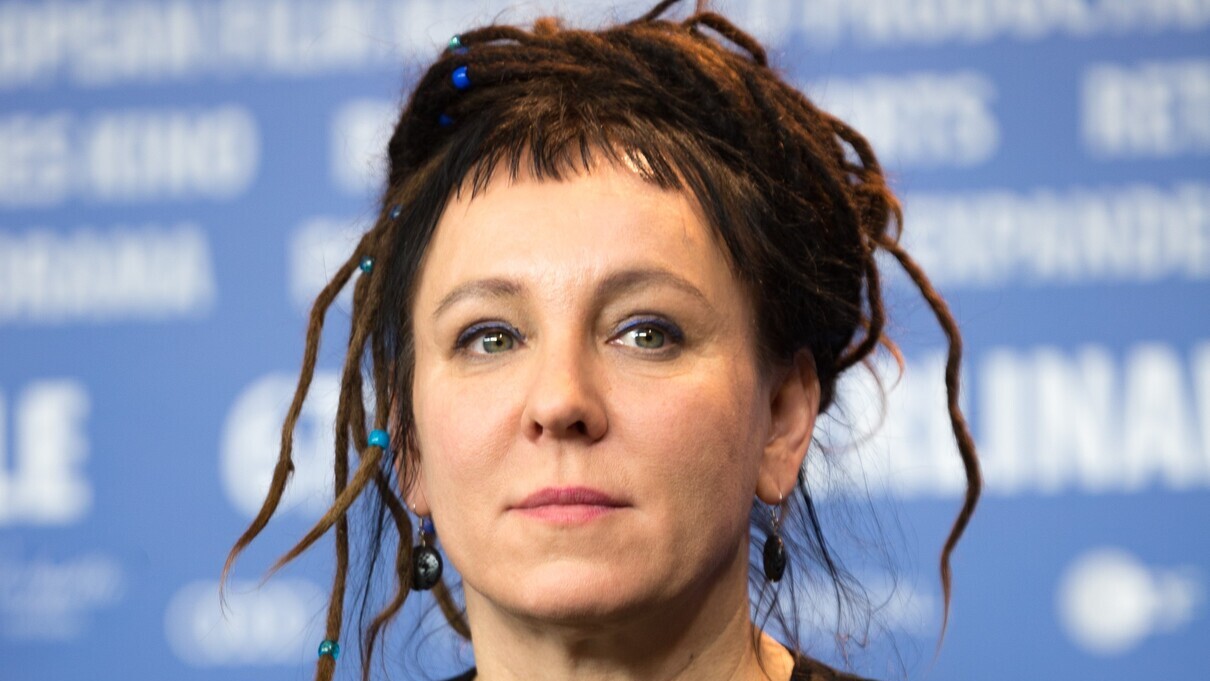Truth & Goodness
The “Journalist and Activist” Label: Why Graduates Struggle to Find Media Jobs
14 December 2025

How does an artist express themselves? What methods or means of expression can they use to give shape to their vision of the world and other human beings? Techniques, materials, colors, proportions, shapes—these are only some of the elements at the artist’s disposal, used to convey the author’s own understanding of the universe to the audience. The audience, in return, has to be capable of deciphering the meaning and understanding the message of the author. It’s a serious challenge both for our intellect and our sensitivity, an exercise of communication without words—beyond language.
The exhibition of sculptures made by Zdzisław Beksiński (1929–2005)—a Polish artist, painter, photographer, and sculptor—held in the gardens of the Wawel Royal Castle in Kraków, Poland, in a very evocative way paints a particular image of a modern human being. Within the body of work of this artist you will find subtle encouragement to start asking questions about the ways and the means to express existential and metaphysical themes found in art and through art.
How can the materials used by the artist, along with colors, shapes or textures of their work, help them reveal and illuminate a specific essence they extract from human existence? Beksiński was definitely one of those artists who were always trying something new. Throughout his life, he experimented with different media, constantly searching for a better way to uncover the hidden meaning within humanity and articulate it for his audience. Beksiński’s art, not allowing itself to be conveniently labeled, can’t be neatly attached to one specific artistic movement. On its own, that fact is already a testament to the open nature of his creations and his unconventional way of looking at people and the world. His works were always oozing with a dark atmosphere and often disturbed the public, frequently leading to claims of his art being pessimistic and destructive to human sensibility. There is no doubt that his worldview, expressed and shared with his audience, could be defined as deeply existential and metaphysical.

The sculptures presented at the exhibition are just a small selection from Beksiński’s oeuvre, but their underlying theme will still make you think big. In the gardens at Wawel Castle, you get a chance to see approximately 15 cast bronze sculptures made between the end of the 1950s and the beginning of the 1960s. They depict a human head. Alternative versions of a human skull might hint that this body part was especially important and inspiring for the artist. The suggestion is further supported by the way the head is presented. Beksiński opts for various forms of expression and shows the head in different forms: transparent, crosscut, hollow. Other objects are significantly heavier, solid, riddled with scratches, imperfections, deformations.
American writer and journalist Kurt Vonnegut (1922–2007) once wrote, “The big show is inside my head.” That statement seems to match perfectly with the message you might read out of Beksiński’s bronzes. The multitude of shapes, interpretations and perspectives of a human head illustrates the vast processes that occur within it. A stream of thoughts, a flood of emotions, and a variety of experiences that each and every one of us carries inside and ponders on—all these elements make up the condition of the modern human being. When we use the phrases like “head over heels in love,” or “heavy is the head that wears the crown,” we use metaphors to describe the intellectual, emotional, or psychological load that our head is dealing with at the present. It seems that this is also the message that Beksiński tried to convey through his bronzes.
The color scheme used by the artist also warrants deeper scrutiny. Deep shades fluctuate between black and bronze, with hints of red. This peculiar combination makes the whole collection patina-like in appearance and adds an aura of mysteriousness to it. Beksiński achieved this effect by carefully mixing and merging paint, wax and varnish, which made the material appear more valuable than it really is. Experiments in this fashion can enhance the atmosphere of doubt and anxiety, as well as indicate the dramatic nature of human existence. This combination of colors suggests that the head carries the burden of our being. Dark but intensive, they refer to the hardships and struggles that the human head faces each day. Every crease, scratch, flaw, or visible lack of symmetry are a manifestation of worries, troubles and dilemmas that are often too much for our heads to cope with.
A sculpture of a transformed human head attracts our attention in many different ways. Robert Kyiosaki (born 1947)—an American investor, businessman and motivational books author—wrote once,
“It’s what is in your head that determines what is in your hands.”
Beksiński’s sculptures bring that dependence to our attention in a very suggestive way. The things that are happening in our head are responsible for most of the choices we make. The head seems to be both a decision-making center and a space for the hardest battles, dilemmas, and trails a person has to undergo in their lives. An artist can express all of those existential states by different means, techniques, and styles.
The Polish poet and essayist Zbigniew Herbert (1924–1998) wrote in one of his poems,
“There are those who grow / gardens in their heads / paths lead from their hair / to sunny and white cities.”
This comprises another image from an artist who is expressing his views on the human condition with words and using a solid metaphor as a means of expression. When we look at the bronzes of Zdzisław Beksiński, we are confronted with another vision of a head—a head of a human who keeps struggling against threats, who tries to face any hurdles fate seems to throw against them, or who imprisons themselves in their own head. That way of looking at the human condition will not please everybody. Many of us might view the dynamic processes inside the human head through other lenses—with less darkness and with more hope. Nevertheless, it seems that Beksiński accomplished the mission that every artist performing the act of creation sets out on. When trying to grasp the meaning hidden in those bronze statues one must ponder on the life of humans, their destiny, and the road each of us must walk. Beksiński’s art might touch, offend, or inspire you, but one thing is certain—it will never leave you indifferent. We should consider this a success of the artist, who—while giving attention to the existence of himself and his fellow beings—involves us in his own reflection.
Translated by Przemysław Kołodziej
Read more on Holistic News
Truth & Goodness
14 December 2025


Science
13 December 2025

Zmień tryb na ciemny